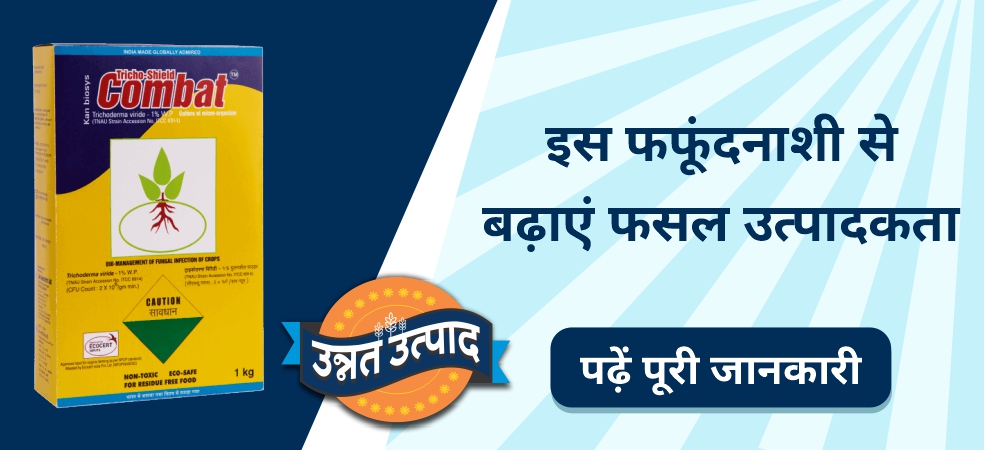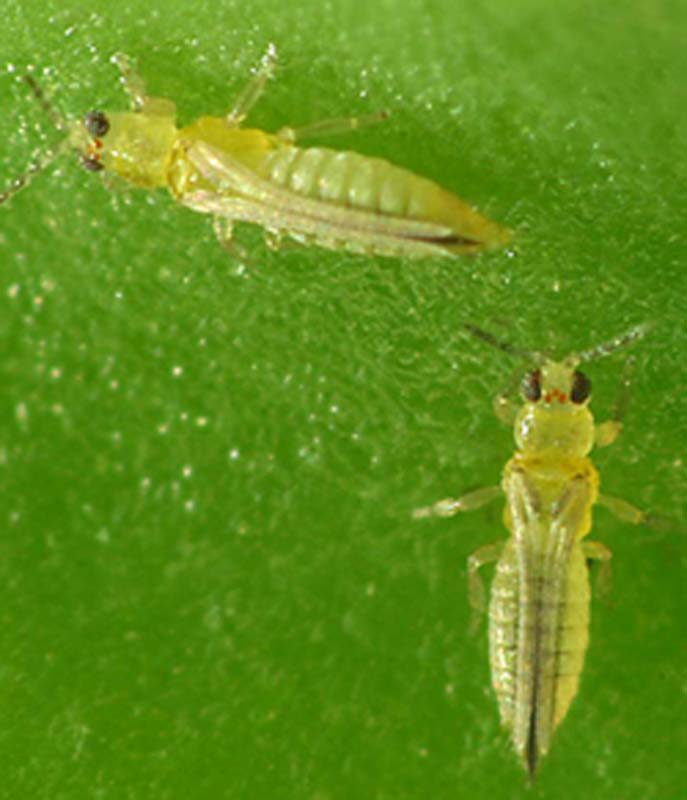Benefits of Trichoderma
It is a soluble biological fungicide. Which is used in paddy, sugarcane, pulses, wheat, medicinal and vegetable crops. By adopting this, the production of the crop can be increased.
Many types of diseases are found in the soil, such as – damping off, root rot, wilt, white stem rot, fruit rot, stem blight, bacterial wilt and root gland All these diseases are cured.
Inhibits disease causing factors, kills soil borne diseases like Fusarium, Pythium, Phytophthora, Rhizoctonia, Sclerocium, Sclerotinia etc. as well as protects plants from diseases. This medicine is also beneficial for fruit trees.
Method of Trichoderma use
Seed treatment – For seed treatment, 5 grams of Trichoderma per kg of seed is used.As the seed germinates and grows, Trichoderma also spreads around the soil. and surrounds the root so that none of the above fungi can grow around.
Soil treatment – 2 kg Trichoderma powder mixed with 50 kg FYM is kept in a shady place for a week so that the fungus spores get settled and then spread in the soil of one acre of field. After that you can sow.
Seed priming – The process of drying in the shade by coating the seeds with a special type of solution before sowing is called seed priming. For seed priming with Trichoderma, first make a slurry of cow dung. Mix 10 grams of Trichoderma per liter of slurry and soak about one kilogram of seeds in it and keep it for some time. Take it out and let it dry for a while in the shade, then sow it. This process should be done especially before sowing cereals, pulses and oilseeds crops.
Foliar spraying – For the control of certain diseases like leaf spot, blight, etc., spray 5 to 10 grams of Trichoderma powder per liter of water when plants show signs of disease.
Root treatment– Mix 100 grams of Trichoderma per 10 liters of water and keep the roots (tubers, rhizomes and cuttings, nursery plants) of the plants to be planted in that solution for 15 to 30 minutes, after that transplant in the field.
ShareFor more such important information related to the agriculture sector, keep reading the articles of Gramophone daily. If you liked today’s information, then do not forget to like and share




